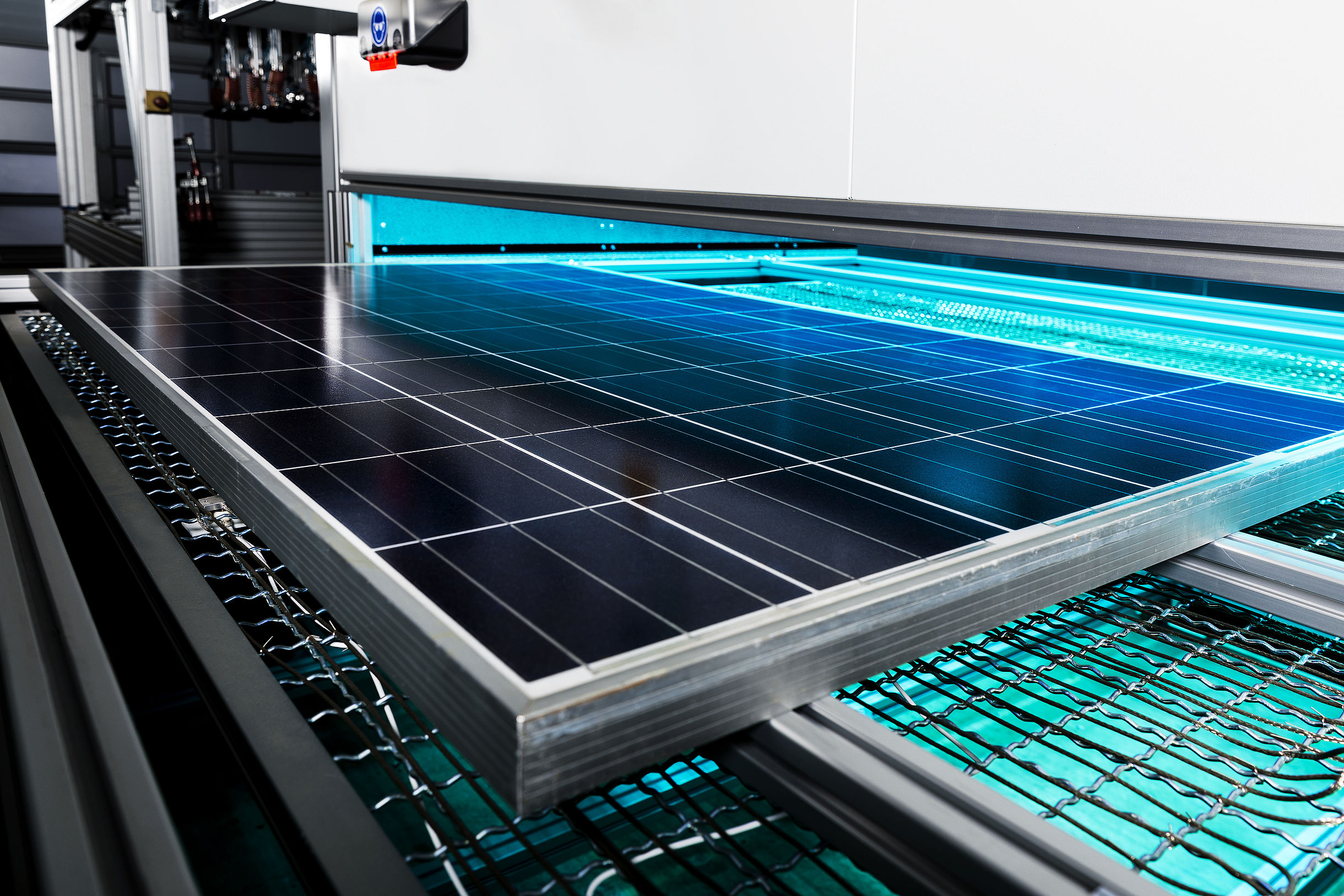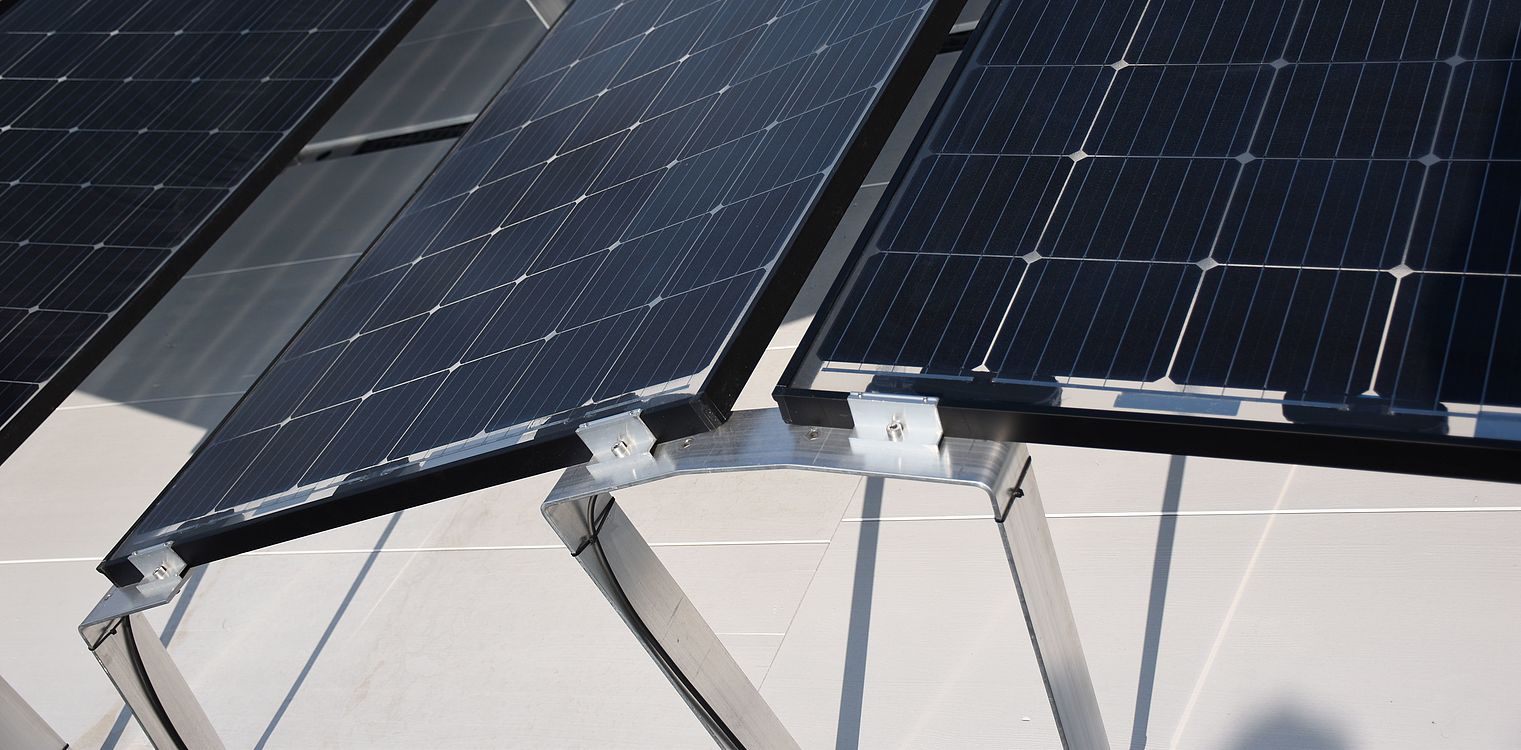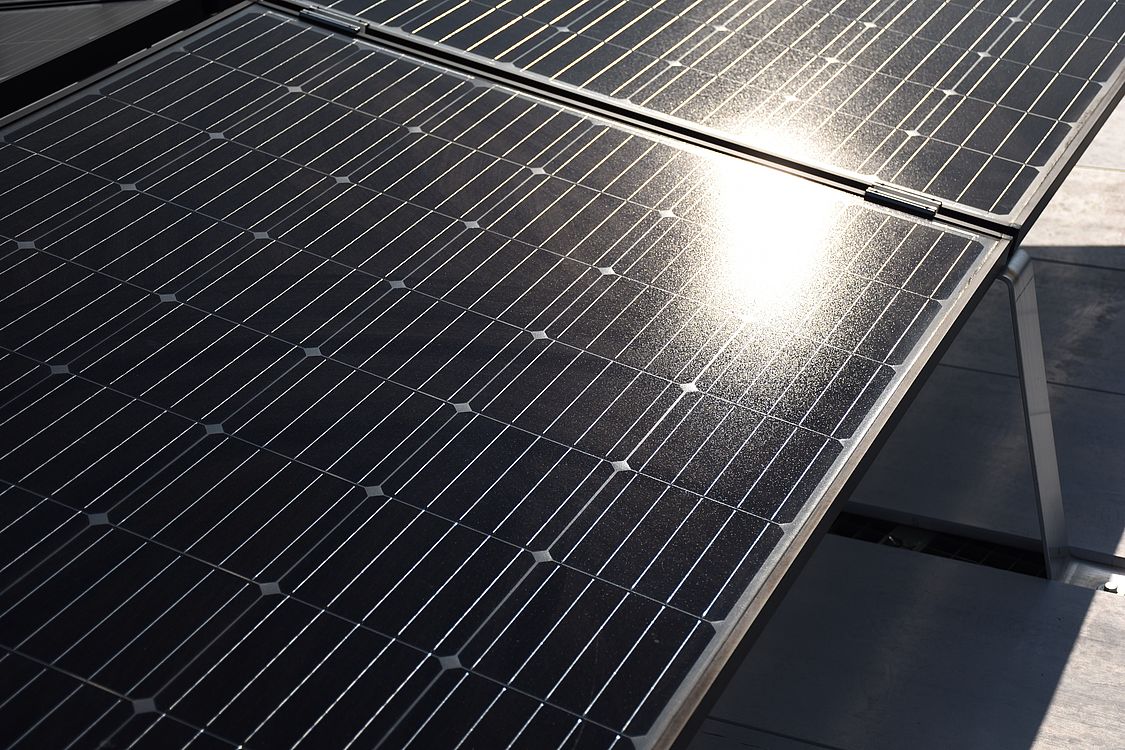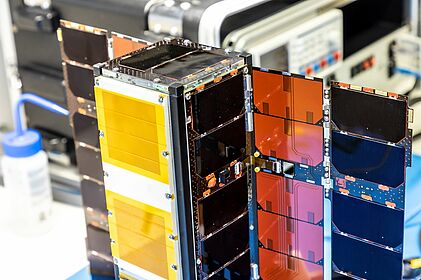Photovoltaics, i.e. the generation of electricity from sunlight, is considered one of the most popular forms of renewable energy and has gained further importance in recent years. The potential is huge - especially for buildings, in cities, in industry as well as in the energy infrastructure. And the technical possibilities are far from exhausted. Researchers at AIT, for example, are looking into the use of special solar cells that can collect radiation energy on both their front and back sides.




![[Translate to English:] Photovoltaikpanels am Dach vom AIT Gebäude in Wien](/fileadmin/_processed_/6/f/csm_DSC_0089_cc0ef36f1d.jpg)


